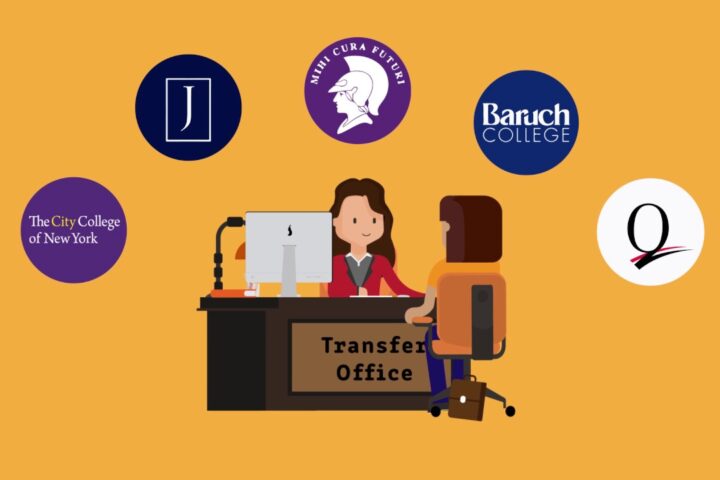Schools in the 21st century are still being treated as money-making machines. As public schools in the U.S. become more and more diverse, inequities and injustices still exist within our schools, societies, and world. As technology advances, we believe that it is an important tool children should become accustomed to using at a young age. However, technological progress does not equal social progress. As we distribute technology, we are also contributing to inequities, as the methods by which teachers use said technology in the classroom varies. Essentially, not every child is going to receive a technological education up to par with others, especially if access to this technology is limited for groups with low socioeconomic status’.
Since the COVID-19 pandemic began, the digital divide has only increased. There are students from low-income backgrounds that do not have internet access or high-speed internet. South Carolina took matters into their own hands as they used school buses as Wi-Fi hotspots. “We’re going to pace the buses in high-poverty and rural areas,” said state Department of Education spokesman Ryan Brown in an article for EdWeek.
The COVID-19 crisis surfaced social inequalities related to technology in education. Students are feeling more academic burdens due to not having access to technology at home. South Carolina hoped students would be able to download material before classes started. Evidence by Robert W. Fairlie, associate professor of economics at UCSC, states that “teenagers who have access to home computers are 6–8 percentage points more likely to graduate from high school than teenagers who do not have home computers after controlling for individual, parental, and family characteristics.” Teens that have access to a home computer are more likely to graduate from high school when compared with those who don’t. COVID-19 has reflected light on the digital divide’s impact on America’s youth.
Paul C. Gorski, associate professor of Integrative Studies in George Mason University’s School of Integrative Studies, explores this issue in his publication, “Insisting on Digital Equity: Reframing the Dominant Discourse on Multicultural Education and Technology.” Gorski talks about how educators and policymakers need to reframe the concept of “access” in relation to technology. Access is not about a computer being in a physical setting but how it is helping students access knowledge.
Offering a computer will not do much if the content does not engage with the student. Students should not be engaging with computers, but instead should be accessing social, cultural, and political information. Through critical analysis thinking, they will be better prepared to participate in society. However, a school’s pedagogy of teaching varies across districts and communities. While educators that mainly teach students of color have shown to use technology for more lower-level thinking activities, educators that teach classes of majority-white students tend to use technology for more upper-level thinking activities, as in critical analysis.
Gorski explains, “So as wealthier students, White students, and young men, on average, are being socialized and trained to participate in an increasingly computer reliant society and world, many students of color, young women, and low-income students are being socialized to see computers more or less as digital flashcards.”
The differences in education that exist throughout our public schools displays the digital divide in the country. All students deserve the right to use technology to “access” beyond the physical access for social and economic benefits. As COVID-19 brought up the issue of who has access to technology physically, we must look beyond the data to offer educators resources to help close the digital divide for our future leaders.















I read about an article on AJE Forum recently about the same topic of increased internet access gap within the US under COVID-19 pandemic, where students in poor districts and rural areas don’t have internet connections. And in this article, data have shown that students who have internet access at home are more likely to graduate from high school than those do not. We cannot stress the importance for students of having equal access to online resources enough that it truly brings a different when there are inequalities in technology access. This article brought me a new insight that having the computer access might not really help students’ learning, because internet socialization strategies are different between races and social classes. The need of educators’ passive engagement in reducing digital divide is necessary. Moreover, in the article I read on AJE, the author mentioned that funding is needed to purchase technology in order to connect the rural area students to internet. This article, on the other hand, went beyond the issue of physical technology and asked for attention on helping students to access knowledge through internet. I believe that both articles are sharing in depth opinions and perspectives on digital division in the United States, and I would like to read more articles about this topic from more perspectives.